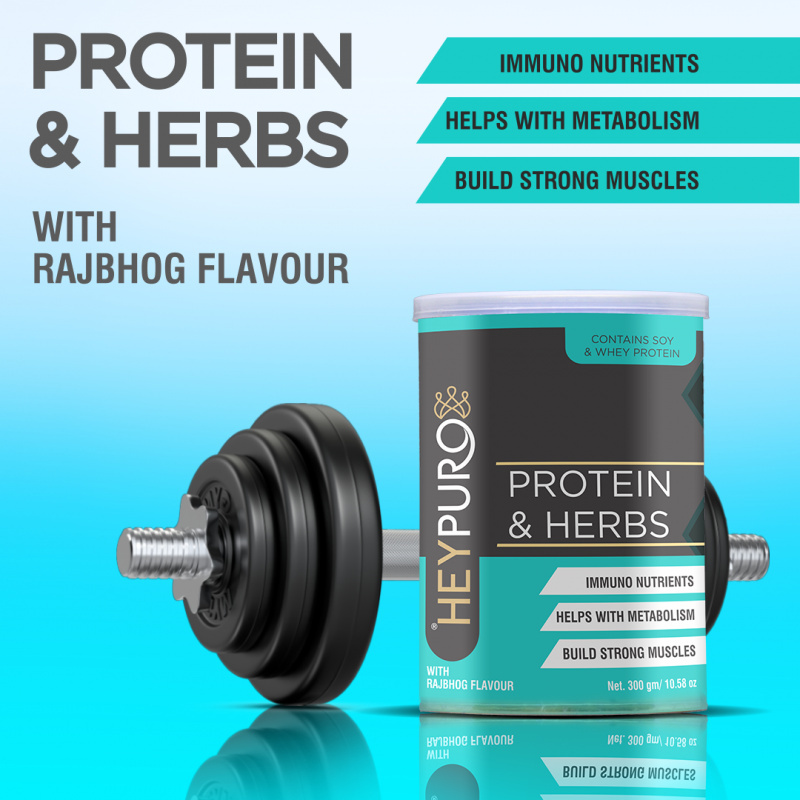Demystifying Manufacturing: A Look at Third-Party Production

Demystifying Manufacturing: A Look at Third-Party Production.
Have you ever wondered how your favourite brands manage to churn out a vast array of products? The answer might lie in a strategy called third-party manufacturing (TPM). In this blog post, we'll delve into the world of TPM, exploring its benefits, how it works and why it's becoming such a popular practice.
What is Third-Party Manufacturing?
Imagine a company with a brilliant idea for a new product, but they lack the in-house facilities or expertise to manufacture it themselves. This is where third-party manufacturers come in. These are specialised companies equipped with the machinery, personnel and know-how to produce a wide range of goods according to a brand's specifications.
The brand owner, also known as the contract owner, essentially outsources the production process to the third-party manufacturer, who acts as a partner in bringing the product to life.
Benefits of Third-Party Manufacturing
Here are some key advantages that make TPM an attractive option for businesses of all sizes:
- Cost-Effectiveness: Setting up and maintaining a full-fledged manufacturing facility can be expensive. TPM allows brands to leverage existing infrastructure, reducing capital expenditure and potentially lowering production costs.
- Focus on Core Competencies: Brands can concentrate on their strengths, like product development and marketing, while leaving the complexities of manufacturing to the experts.
- Increased Flexibility: Third-party manufacturers often have experience producing a variety of products. This allows brands to adapt to changing market demands or launch new product lines without significant investments in new equipment or personnel.
- Scalability: As a brand grows, TPM allows for easy scaling of production volumes without the need for immediate expansion of in-house facilities.
- Expertise and Efficiency: Established third-party manufacturers often have extensive experience in specific areas like quality control or specific production processes, leading to efficient and high-quality product creation.
How Does Third-Party Manufacturing Work?
The process typically involves the following steps:
- Contract Development: The brand and the third-party manufacturer negotiate the terms of a contract, outlining product specifications, quality standards, production volumes and pricing.
- Product Formulation & Development: The brand owner provides the product formula or recipe, along with any specific instructions or requirements.
- Sourcing of Raw Materials: The third-party manufacturer procures the necessary raw materials to create the product.
- Production Process: The third-party manufacturer uses its expertise and equipment to transform the raw materials into the final product, adhering to the agreed-upon specifications.
- Quality Control: Rigorous quality checks are conducted throughout the production process to ensure the product meets the brand's standards.
- Packaging & Labelling: The product is packaged and labelled according to the brand's specifications.
- Delivery and Distribution: The finished product is delivered to the brand owner or directly to distributors and retailers.
The Future of Third-Party Manufacturing
The TPM industry is expected to continue growing as businesses seek more efficient and cost-effective ways to produce goods. Advancements in technology and communication are also likely to streamline the collaboration between brands and third-party manufacturers, leading to even greater flexibility and innovation in the manufacturing landscape.
Looking for a reliable third party manufacturer?
Reach out to us we are here to help you at every step. (Click to know more!)





